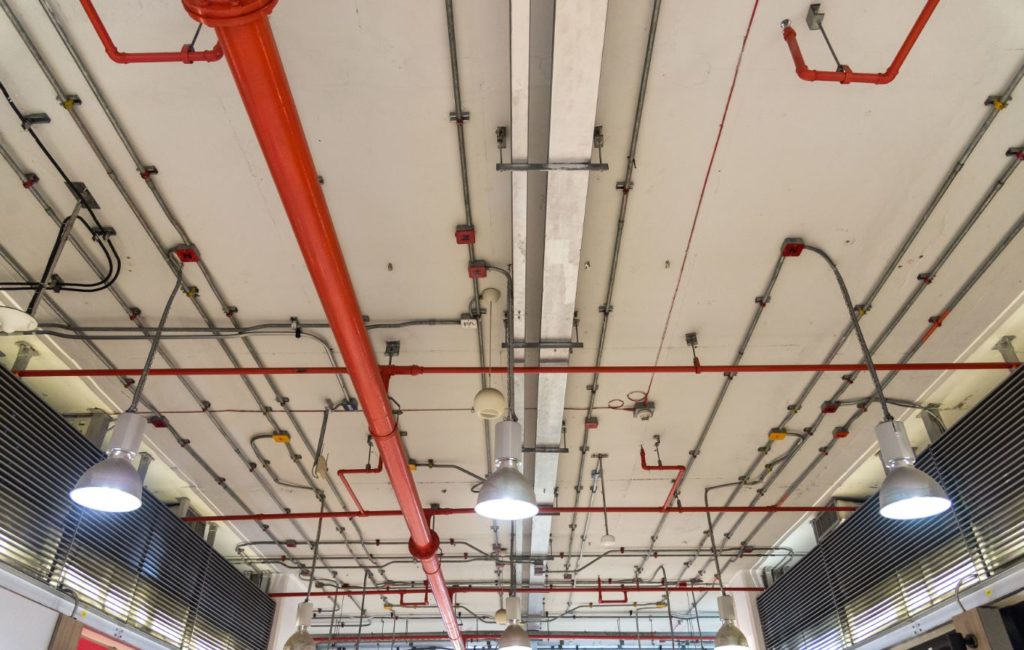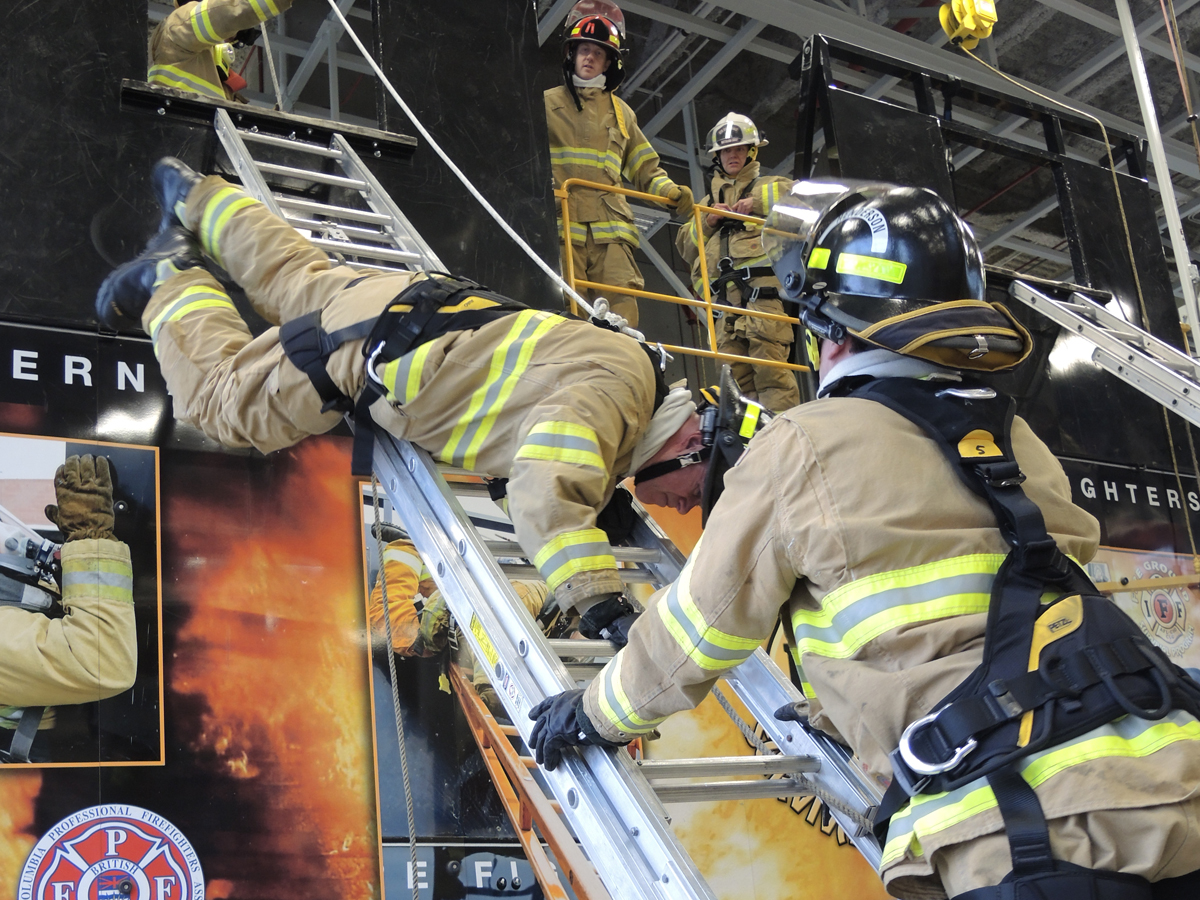Fire prevention measures is a critical concern for building managers. Core strategies of fire safety are sprinkler systems and firefighting preparedness programs. Automatic fire suppression setups act to control fires, well-prepared emergency teams protect lives.
How Do Automatic Fire Suppression Systems Work?
Sprinkler systems react immediately by spraying water when fire breaks out. Each sprinkler head activates independently, limiting unnecessary damage.

Critical aspects of fire sprinklers include:
- Spray mechanisms: Control fire spread to extinguish flames.
- Piping network: Connects water sources to sprinklers.
- System monitors: Ensure proper activation.
- Reservoir system: Supports continuous flow.
The Importance of Fire Brigade Training
Emergency response drills prepares staff to manage fire-related incidents. Fire readiness courses emphasize teamwork, minimizing risks during emergency situations.

Primary components of fire brigade training include:
- Fire prevention education: Minimizing potential dangers.
- Evacuation drills: Reducing evacuation time.
- Fire suppression strategies: Learning suppression tactics.
- Communication in emergencies: Improving team performance.
sistema de sprinkler para proteção contra incêndioQuando instalar sprinklers?Quanto custa para instalar alarme de incêndio?
The Synergy Between Fire Suppression and Emergency Training
Using automatic fire suppression with brigade drills enhances fire protection efforts. Automatic systems reduce damage instantly, while trained fire brigades handle complex scenarios.

Integrating systems and training ensures maximum protection for residential areas, offices, and large-scale operations alike.
Why Sprinkler Systems and Emergency Preparedness Are Essential
Investing in sprinkler systems and organizing emergency preparedness programs ensures a safer future. Working hand-in-hand, these methods create a powerful defense.
Take action for a safer tomorrow by installing a sprinkler system and organizing emergency response drills. Your safety and the safety of others depend on it!